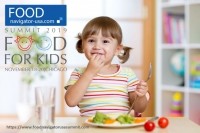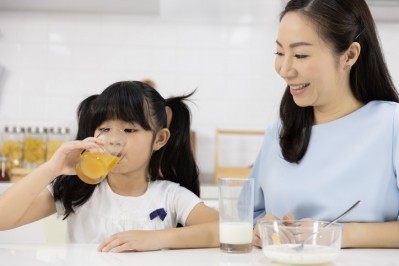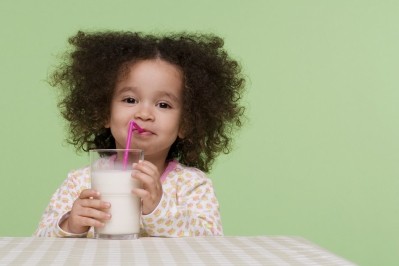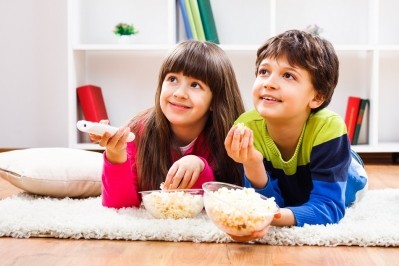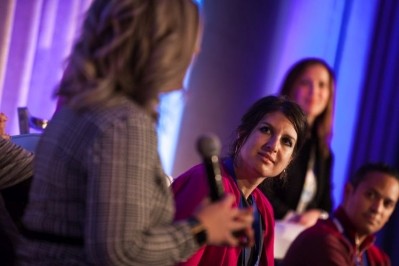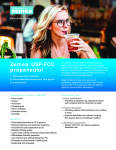Study urges clearer labeling and packaging in kids' drinks as sweetened drinks make up 62% of total category sales
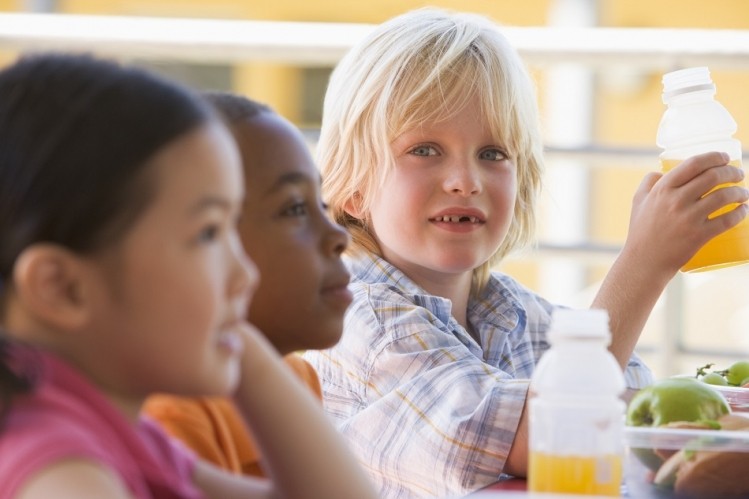
Researchers behind the report (funded by the Robert Wood Johnson Foundation) assessed the top-selling brands of children's drinks including 34 sweetened drinks (fruit drinks, flavored waters, and drink mixes) and 33 drinks without added sweeteners (100% juice, juice-water blends, and one sparkling water).
Researchers analyzed sales, advertising spending, children's exposure to TV advertising, nutritional content, and product packaging.
The report found that companies spent $20.7m to advertise children's drinks with added sugars in 2018, primarily to kids under age 12. Children 2- and 11-years-old saw more than twice as many TV ads for children’s sweetened drinks than drinks without added sweeteners, according to the study.
"Beverage companies have said they want to be part of the solution to childhood obesity, but they continue to market sugar-sweetened children's drinks directly to young children on TV and through packages designed to get their attention in the store," said lead author of the study, Jennifer L. Harris, PhD, MBA, and the Rudd Center's director of Marketing Initiatives.
"Parents may be surprised to know that pediatricians, dentists, and other nutrition experts recommend against serving any of these drinks to children.”
Packaging and hidden calories confuse many parents
According to researchers, common nutrition-related claims and images of fruit on packages of sugary fruit drinks and flavored waters make it difficult for parents to easily identify the healthier drinks for their children.
Sugar-sweetened children's fruit drinks typically contained just 5% juice or less, but according to the report, 80% of those packages included images of fruit and 60% claimed to have "less" or "low" sugar or "no high fructose corn syrup."
These sweetened beverages averaged 2.1 ingredient claims including an average of 1.3 health-related messages including claims describing the product as ‘real’, ‘natural’, and/or ‘organic’. Images of fruit appeared on 85% of children’s sweetened drink packages.
Children’s flavored water packages contained more ingredient and health-related claims than other drink categories, averaging 2.2 sugar claims per package including ‘no high fructose corn syrup’ and ‘no artificial sweeteners’. In addition, 80% of product packages contained messages about recycling and/or the environment.
The study also found that drinks containing zero-calorie sweeteners such as sucralose and stevia were found in 74% of children’s sweetened drinks, including drinks with added sugar, but that these brands made no mention of the sweeteners on the front of packages.
"The fronts of the packages make children's drinks look healthy, but there's no way to know which ones have added sugars or low-calorie sweeteners reading the front. You have to read the nutrition facts panel on the back and you have to know the names of low-calorie sweeteners, such as acesulfame potassium and sucralose, to realize they are in the product," said Maria Romo-Palafox, PhD, RD, study author and assistant professor of Nutrition and Dietetics at Saint Louis University.
"You shouldn't have to be a nutritionist to figure out whether or not a product is healthy for your child."
The report recommends that the front of children’s drink packages should clearly indicate the percent of juice and sweetener content including added sugars and low-calorie sweeteners.
“Brands should clearly differentiate their products by category and eliminate cross-branding of sweetened drinks and healthier options,” noted the report.
Industry push for healthier kids drinks
The report noted that more beverage companies have added healthier kids’ drink options to their portfolio such as unsweetened juice-water blends, the majority of which contain less than 50 calories per serving, but the industry has a long way to go compared to the progress it has made with pushing healthier adult drinks.
For instance, sales of all unsweetened plain and sparkling waters totaled $13.8bn in 2018 (60% of total sales in the categories examined), but children’s products in these categories represented just 0.01% of all children’s drink sales.
“In addition to developing juice/water blends with lower calories and no added sweeteners for children, manufacturers should devote resources to developing and marketing unsweetened plain still waters for children,” authors of the report stated.
PANEL DEBATE AT FOOD FOR KIDS SUMMIT: What should children drink?
is the kids' beverage category a confusing space for parents to navigate? Our panel of beverage industry experts will dig into these topics and more on Day 3 (Nov. 20, 2019) of the FOOD FOR KIDS summit in Chicago. REGISTER TODAY!
